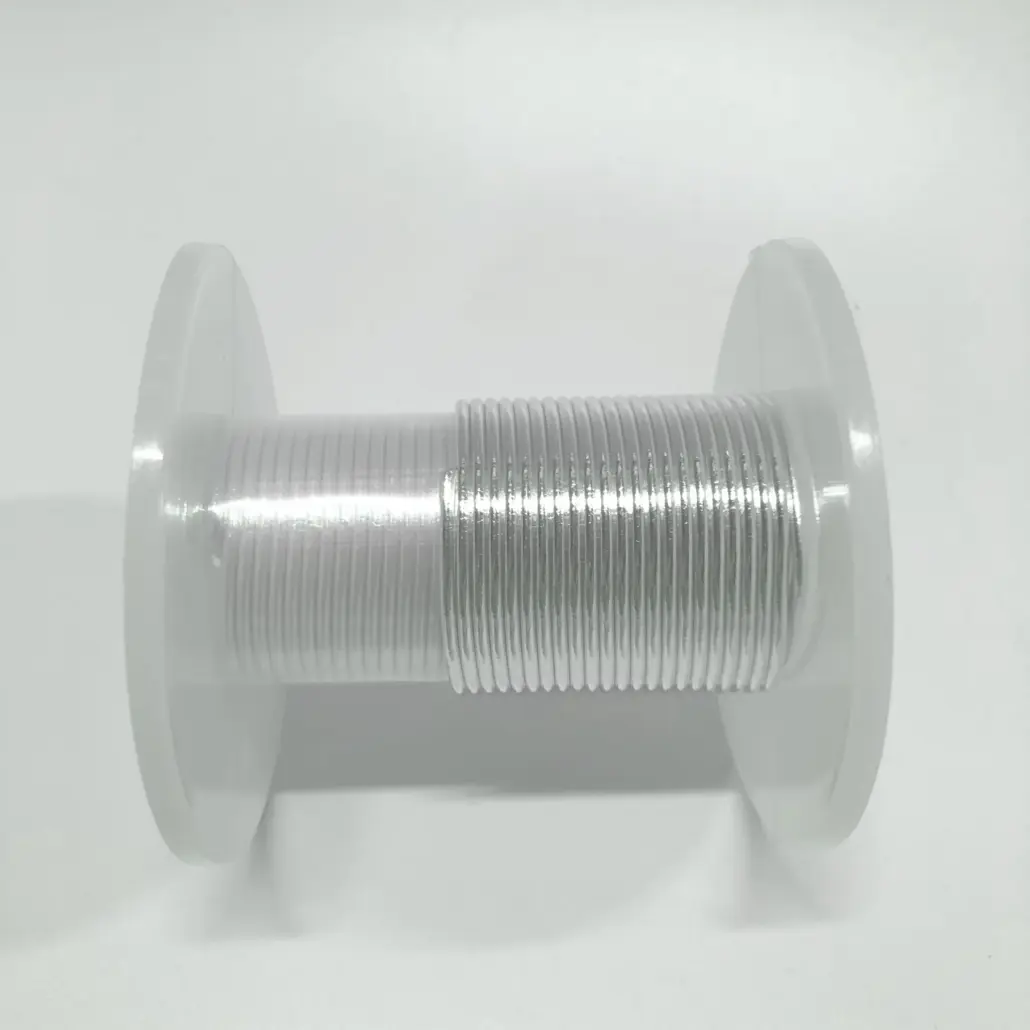
Recycling waste indium wire not only helps reduce the demand for limited indium resources but also aids in minimizing waste generation, thus alleviating environmental impacts. Below are some common methods for recycling waste indium wire:
- Physical Separation and Purification: Physical separation is one of the most common methods for recycling waste indium wire. In this process, discarded electronic devices or waste indium products are first dismantled, and then the indium wire is separated from other materials. This typically involves techniques such as magnetic or gravity separation. Subsequently, purification processes further refine the indium to ensure it meets the requirements of specific applications.
- Dissolution and Electrodeposition: This is another method for recycling waste indium wire. In this process, the waste indium wire is dissolved in appropriate chemical solutions, and then the indium is deposited from the solution using electrodeposition techniques. This method is often used for recycling smaller or finer indium wires.
- Smelting and Refining: For larger waste indium products, such as indium blocks in old electronic devices, smelting and refining are effective recycling methods. In the smelting process, the waste indium is melted and separated, and then refined through refining processes.
- Mechanical Processing: Mechanical processing is also a viable method for recycling some waste indium wire. In this process, the indium wire is sheared, crushed, or compressed to facilitate further processing and separation.
- E-waste Recycling: Overall recycling of electronic devices can also be used to recycle indium wire. This includes recycling discarded flat-screen TVs, laptops, smartphones, and other electronic products. Specialized e-waste recycling centers typically employ various technologies to extract useful materials, including indium wire.
Recycling waste indium wire not only helps conserve limited indium resources but also reduces adverse environmental impacts. The recycled indium can be reused in the manufacture of electronic devices, solar panels, touch screens, and other applications. Additionally, with increasing environmental awareness, there is a growing demand for recycled waste indium wire, which presents business opportunities for related industries.
In the future, with continuous technological advancements, more efficient and environmentally friendly waste indium wire recycling technologies may emerge. Meanwhile, there is also a need to strengthen regulations on the recycling and disposal of e-waste to ensure that hazardous substances like indium do not pose threats to the environment and human health.
Recycling waste indium wire is an important task that helps protect limited indium resources, reduce waste generation, and minimize adverse environmental impacts. By continually improving recycling technologies and increasing people’s awareness of the value of waste resources, we can better utilize this valuable resource and contribute to sustainable development.
